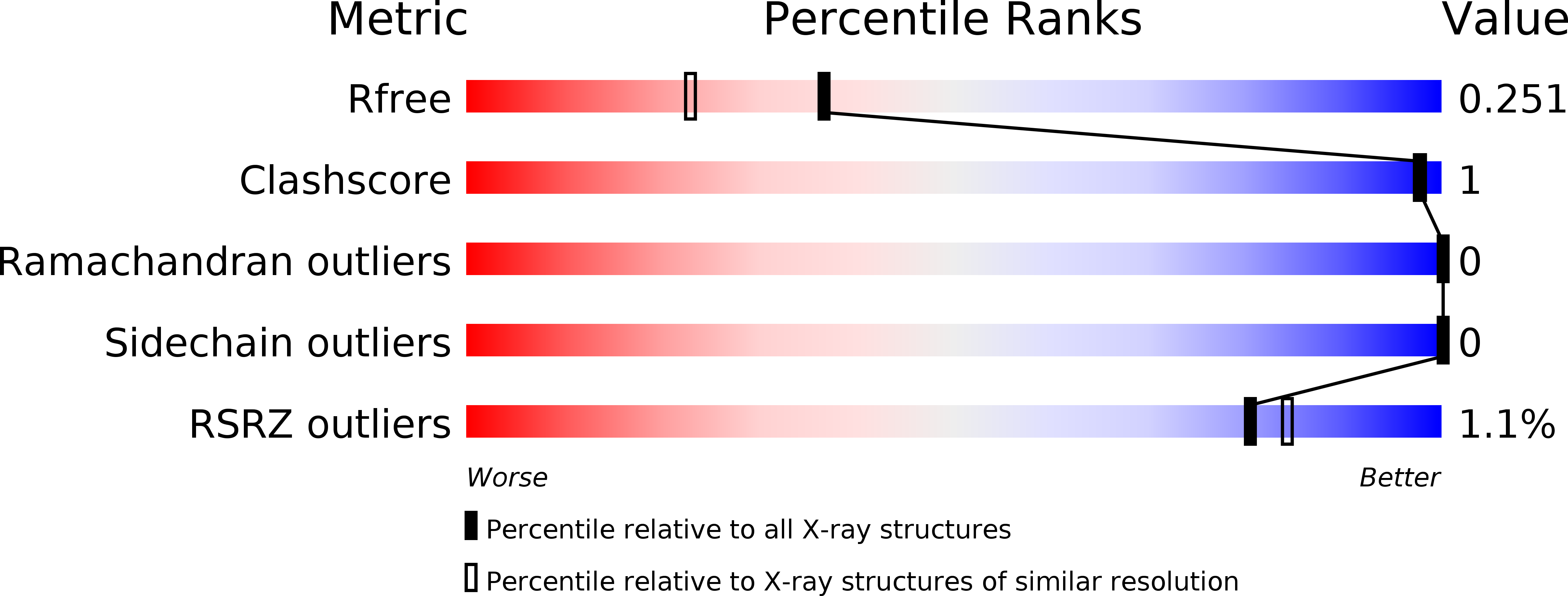
Deposition Date
2018-02-16
Release Date
2019-03-13
Last Version Date
2024-11-13
Entry Detail
PDB ID:
6FRR
Keywords:
Title:
Structural and immunological properties of the allergen Art v 3
Biological Source:
Source Organism:
Artemisia vulgaris (Taxon ID: 4220)
Host Organism:
Method Details:
Experimental Method:
Resolution:
1.95 Å
R-Value Free:
0.24
R-Value Work:
0.19
R-Value Observed:
0.19
Space Group:
P 32 2 1


